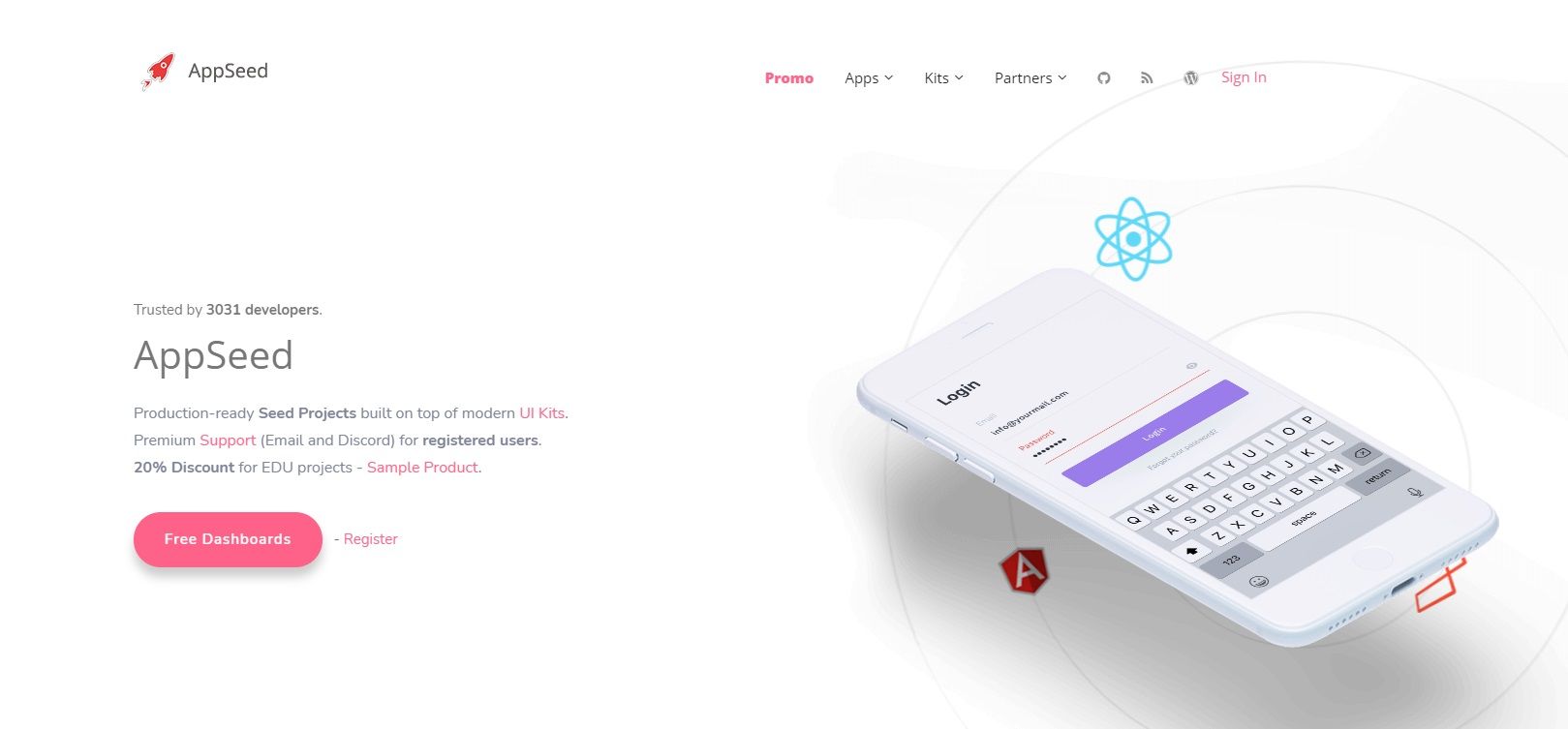AppSeed Shell - A simple way to generate products
A simple way to generate dashboards and starters using a Python terminal - AppSeed-Shell.

This article presents AppSeed-Shell, the latest tool released by our team to help developers generate dashboards and starters using a Python terminal. The product is open-source and curious minds can take a look at how it works on Github (public repository). Thanks for reading!
- AppSeed-Shell - The PyPi page
- AppSeed Shell - The source code
Here is the basic usage to generate a simple Django Dashboard using the Python terminal:
Step #1 - Install the appseed-shell package
$ pip install appseed-shellStep #2 - Start a Python Shell, import the package and use it
$ python
>>> from appseed_shell import generate_django
>>> generate_django()The user should provide a few answers like project_name, author name and gets the code at the end.
AppSeed-Shell is a simple wrapper over a Django Dashboard built under cookie-cutter, the well-known command-line utility used to generate projects from templates.
Another way to generate the same product is to use the cookie-cutter tool directly:
$ cookiecutter https://github.com/app-generator/cookiecutter-django.git
$ # Input
$ project_name [Django Seed project]:
$ project_slug [django_seed_project]:
$ description [A simple Django project]:
$ author_name [AppSeed]: test_user
$ domain_name [example.com]: localhost
$ email [test_user@example.com]:
$ version [0.0.1]: In the end, we can change the directory to django_seed_project and follow the build instructions as provided by the README file:
$ # Virtualenv modules installation (Unix based systems)
$ virtualenv env
$ source env/bin/activate
$
$ # Install modules - SQLite Storage
$ pip3 install -r requirements.txt
$
$ # Create tables
$ python manage.py makemigrations
$ python manage.py migrate
$
$ # Start the application (development mode)
$ python manage.py runserverIf all goes well, we should see a nice Django dashboard running in the browser:

Thanks for reading! For more resources, please access:
- More Django Dashboards - index provided by AppSeed
- Get support via Discord and email (registered users)